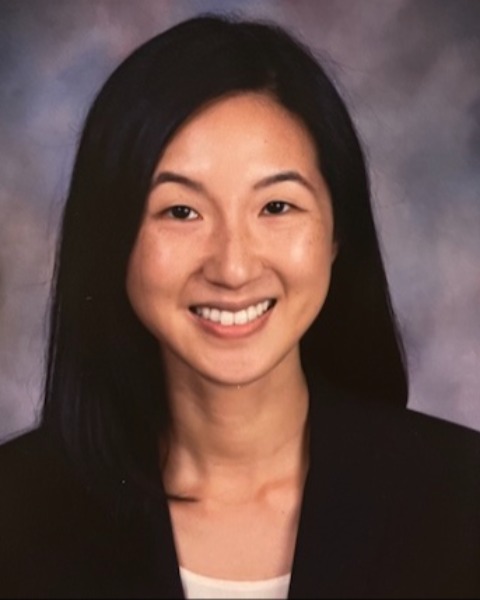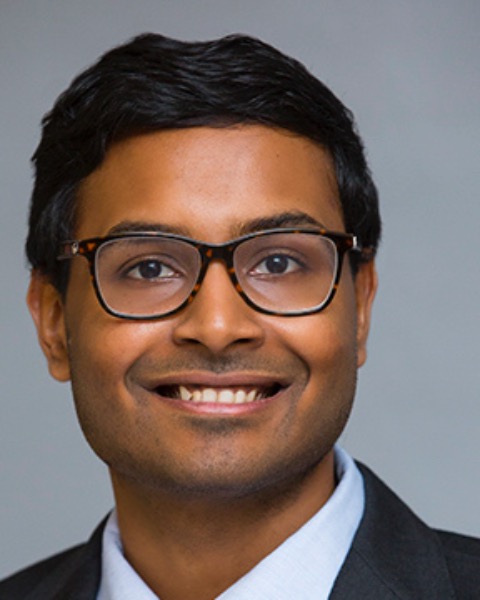Thoracic
E171: Lung Cancer Survival Disparity in the Disaggregated Asian-American Population

Johanna Lou, MD (she/her/hers)
General Surgery Resident
Cooper University Hospital
Camden, New Jersey, United States
Johanna Lou, MD (she/her/hers)
General Surgery Resident
Cooper University Hospital
Camden, New Jersey, United States
Johanna Lou, MD (she/her/hers)
General Surgery Resident
Cooper University Hospital
Camden, New Jersey, United States
Keshav Kooragayala, MD (he/him/his)
Resident
Cooper University Hospital, Pennsylvania, United States- JD
John DiBato, PhD
Statistician
Cooper University Hospital, United States - ZS
Zena Saleh, MD
General Surgery Resident
Cooper University Hospital, United States .jpg)
Young K. Hong, MD MPH
Assistant Professor
Cooper University Hospital
Camden, New Jersey, United States- DS
David Shersher, MD
Associate Professor
Cooper University Hospital, United States
ePoster Abstract Author(s)
Submitter(s)
Author(s)
The Asian American, Native Hawaiian and Pacific Islander (AANHPI) population is the fastest-growing ethnic group in the country. Though historically studied together, AANHPI patients are heterogenous, with recent literature unmasking cancer treatment differences between subgroups. We aimed to investigate underlying disparities in disaggregated AANHPI patients with lung cancer.
Methods:
This is a retrospective cohort study using the National Cancer Database. Patients with newly diagnosed non-small cell lung cancer (NSCLC) between 2010-2019 were included. Those with missing survival status were excluded. Clinical demographics and treatment characteristics were collected. Survival curves were used to identify any difference in median overall survival and survival by stage using logistic regression.
Results:
There were 1,093,916 patients with newly diagnosed NSCLC in 2010-2019. 941,673 patients were White (86%), 123,779 Black (11%), and 28,464 AANHPI (3%). Overall, AANHPI patients had the longest median survival (31.8 months [95%CI 30.9-32.8] vs. White: 19.2 months [95%CI 19.1-19.3] vs. Black: 16.2 months [95%CI 16.0-16.4],p< 0.0001).(Figure 1a) When disaggregated, Japanese patients had the lowest median survival (17.7 months [CI 16.1-19.6]), which was closer to that Black patients than the aggregated AANHPI survival. Chinese patients had the longest median survival (46.2 months, CI 42.8-49.1, p< 0.0001).(Figure 1b) This pattern was seen across all disease stages. On multivariate analysis, Japanese patients had a 68% increase risk of mortality (HR 1.68 [95%CI 1.57-1.79]). There were notable disparities in baseline demographics. Japanese patients were older (73.5±10.3 years,p< 0.0001) with greatest proportion covered by government insurance (n=1,322, 70%). Chinese patients travelled the shortest distance (median=5.0 miles, IQR2.6-9.5), had the longest follow-up (32.6±29.3 months,p< 0.0001), and were the only AANHPI group a majority of patients treated at Academic Comprehensive Cancer Programs (n=4254, 60%). Unfortunately, more than half of Filipino and Vietnamese patients presented with a new diagnosis of stage IV disease (n=2,220, 52%; n=1,712, 54%), which was the highest percent across all ethnicities.
Conclusions:
We identified significant survival differences in patients with newly diagnosed NSCLC between distinct AANHPI subpopulations. This could be attributed to variability in socioeconomic factors between groups. Our study highlights the need for disaggregated data in future clinical studies to unmask and mitigate the impact of social disparities in cancer care.
Learning Objectives:
- Distinguish between different Asian American, Native Hawaiian and Pacific Islander (AANHPI) subgroups
- Treat individual AANHPI sub-ethnicities as distinct groups rather than in aggregate in clinical settings
- Improve outreach to AANHPI sub-groups at a higher risk of poor outcomes
